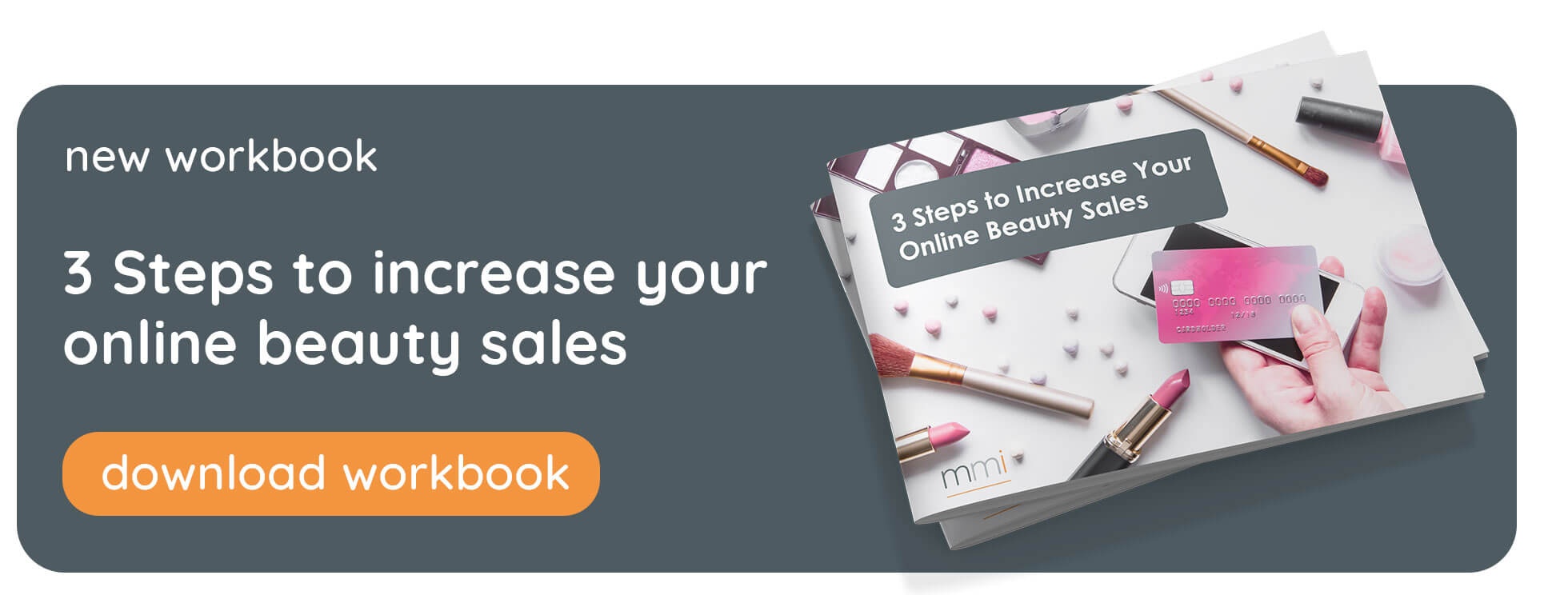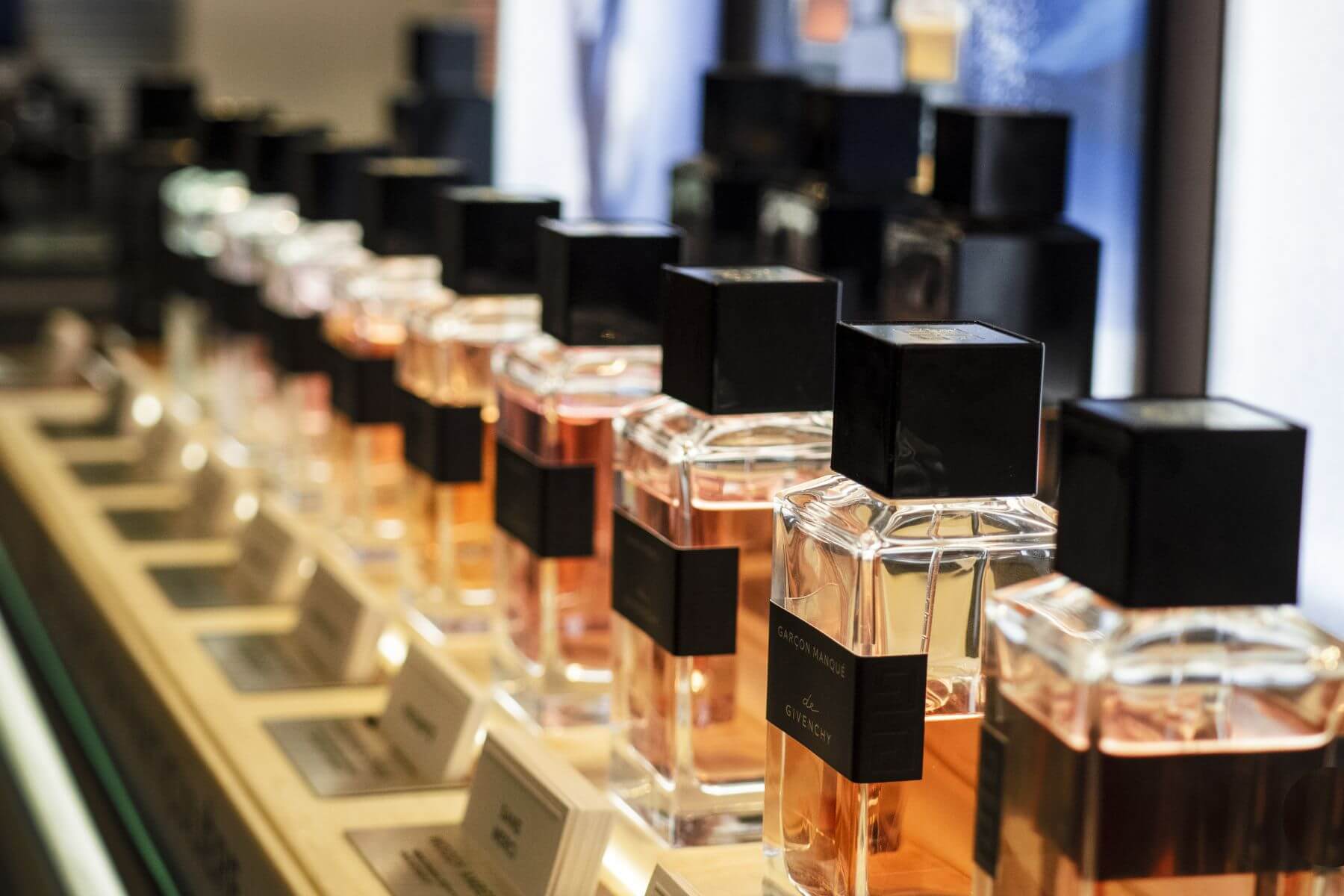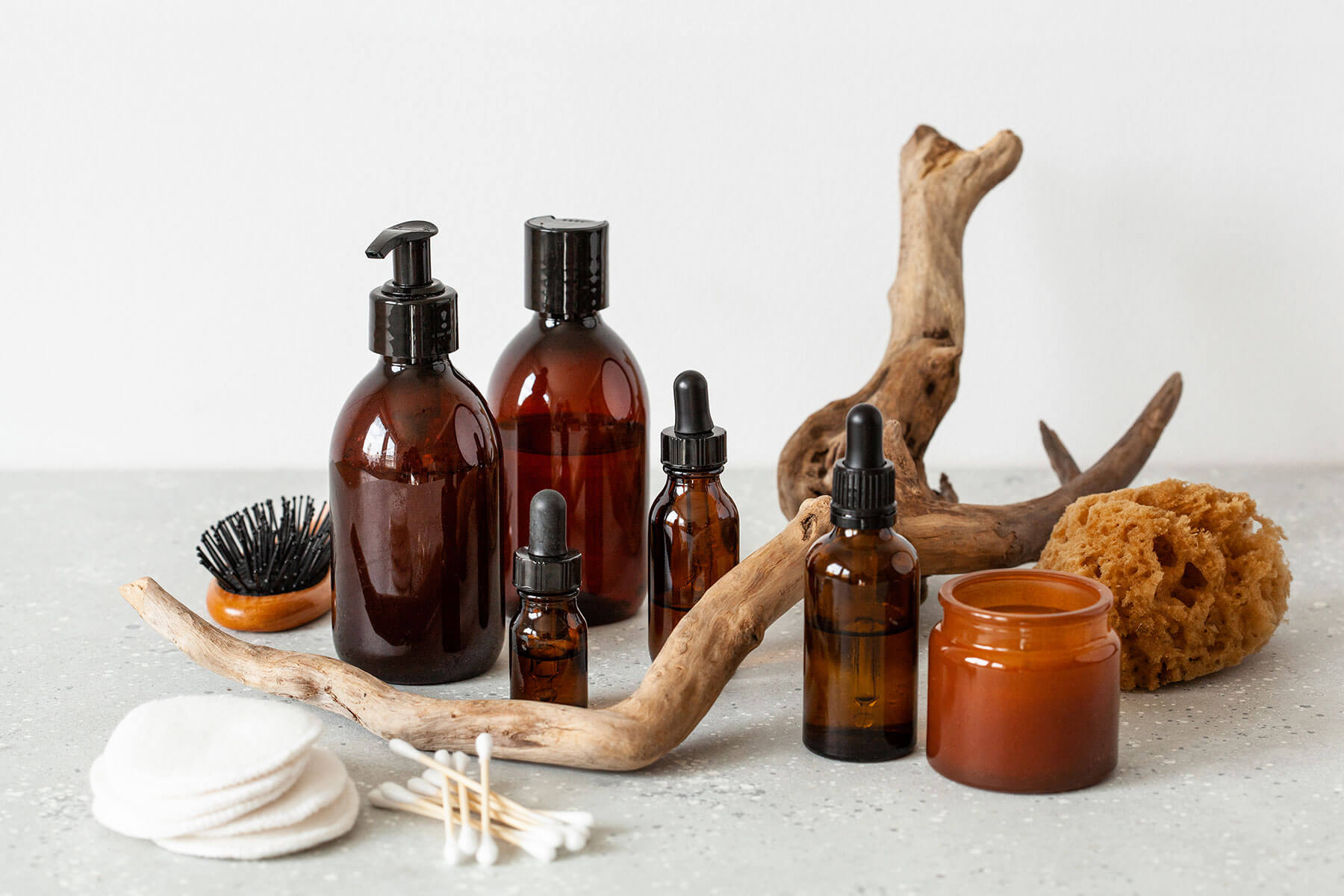When brands talk about the impact of COVID-19 on the beauty industry, the focus is often on shaky in-store sales or the rise of ecommerce. However, with beauty making up more than 37% of the global travel retail market, the grounding of flights means changes in airport shopping is a vital discussion, too.
So, how have closed borders affected beauty brands’ revenue over the past 15 months? McKinsey reports that, in 2019, the travel retail channel’s share of all global beauty sales amounted to 8%. This slashed in half to 4% in 2020. And, unlike traditional retail, travel retail had no digital backup plan.
While consumers can move their high street shopping online, they can’t virtually go through security and browse stores at their gate. This was challenge number one. Furthermore, World Duty-Free – one of the top travel retailers – sells tax-free products online, but the option to then pick up the products at the airport hasn’t been possible for the majority of British beauty lovers.
But, that could be set to change. The click-and-collect model is rapidly growing, with GlobalData stating that it could account for 13.9% of all online sales by 2022. Combined with the UK government’s plan to gradually open up more travel destinations, all signs point to a summer boost in sales on global Duty-Free websites.
For this reason, brands will want to optimise their presence on the travel retailer’s site where, currently, beauty products feature prominently with enticing discounts. There are two key ways you can maximise your reach and visibility so that, as the green list grows, so does your revenue.
1. Track Travel Retail Pricing
For beauty brands, the importance of price tracking cannot be overstated. Keeping an eye on how your products are priced can help you spot grey market sellers or understand sales fluctuations. The latter extends to travel retail; by using a tool, such as pricePOINT, to track the cost of your products, you can understand how your products are being priced compared to your competitors.
At the time of writing, World Duty Free is running a 3 for 2 sale on Lancaster suncare, while offering up to 40% off selected fragrances. Brands included in these promotions are likely to see larger spikes in their summer sales figures. And, because duty free attracts spend-savvy shoppers, you’ll want to ensure your brand is featured too.
2. Analyse Your On-Site Share of Voice
Share of voice (SOV) is the measure of the market your brand owns compared to your competitors. In this case, it correlates with the level of visibility your brand has on global Duty Free websites. By investing in co-op ads, you can boost your SOV with the retailer. However, it’s important to be strategic when it comes to paying for placements.
By using a co-op ad tracking tool, such as adCHECK, you’re able to see which placements offer the highest SOV on World Duty Free websites. This could be a banner on the homepage or a feature on a category page. You can also analyse which areas beauty’s digital disruptors regularly invest in, which is a key indicator of success.
Harness this data during the negotiation phase to secure a spot that gets your brand noticed by jet-setting shoppers. Then, while the campaign is live, use your tool to analyse and assess performance. Measuring impact can help you further fine-tune your future co-op ads, so your success can soar sky-high. Let the airport shopping begin.
Up next: discover why product pages are the most important step in the online customer journey.




